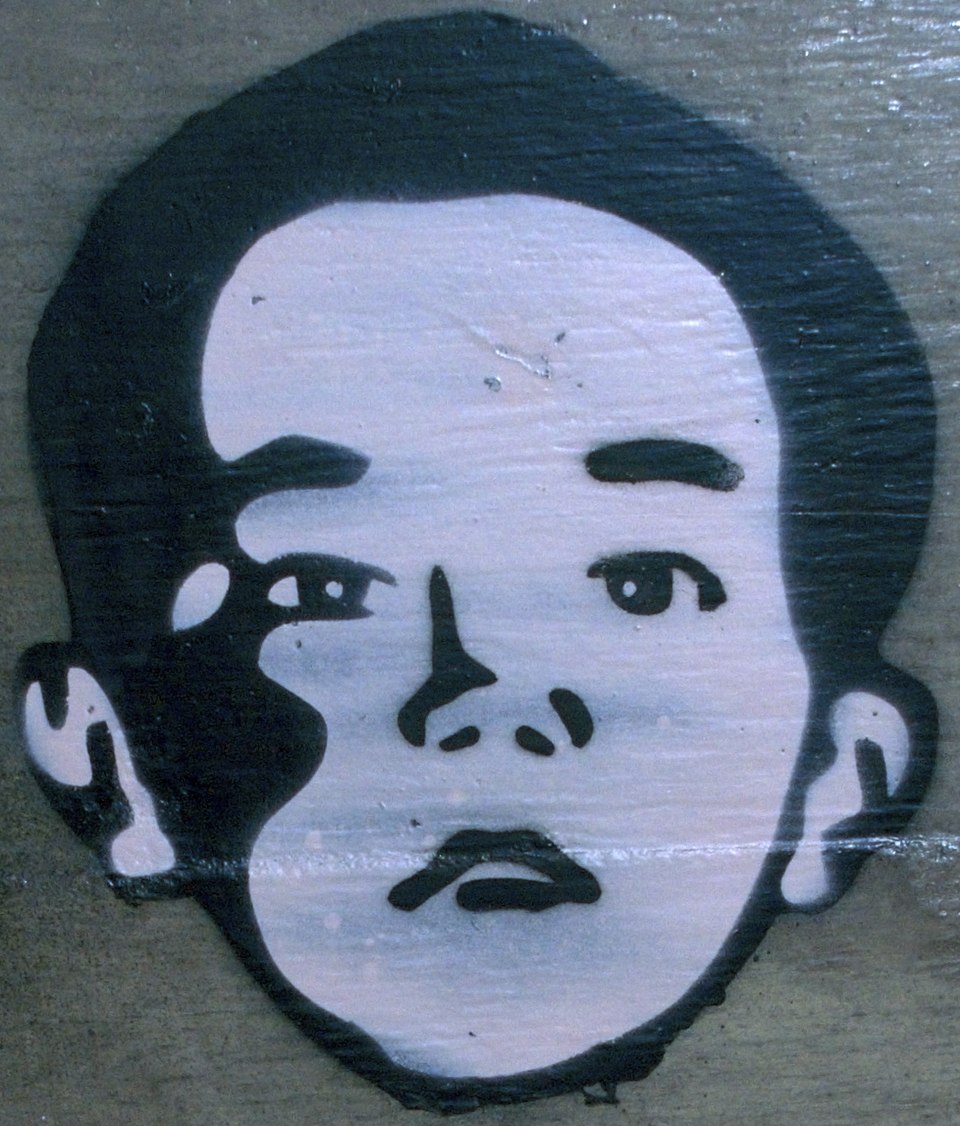The Disappearance of the 11th Panchen Lama: 30 Years of Silence

For three decades, the fate of Gedhun Choekyi Nyima, the 11th Panchen Lama and the second-most significant figure in Tibetan Buddhism, has remained a mystery. Identified at the age of six in May 1995 by the Dalai Lama, Gedhun was forcibly taken by Chinese authorities just three days later. His disappearance is viewed as one of the longest and most profound political imprisonments in the world, with his case emblematic of China's ongoing repression of Tibetan culture and religion.
The Panchen Lama has historically played a pivotal role in Tibetan Buddhism, particularly in identifying the reincarnation of the Dalai Lama. This importance was underscored when Gedhun was selected, following a highly secretive process to avoid interference from the Chinese Communist Party (CCP). However, the Chinese government quickly dismissed this selection, declaring it invalid and appointing its own Panchen Lama, Gyaltsen Norbu, who is widely perceived as a puppet of the state. According to Dr. Tsering Shakya, a historian and expert on Tibetan studies at the University of British Columbia, “The Panchen Lama's role has been fundamentally undermined by the CCP, which seeks to control Tibetan Buddhism through its own narratives.”
The narrative surrounding Gedhun's disappearance remains shrouded in secrecy. The Dalai Lama has referred to him as possibly the youngest political prisoner in the world, suggesting that he has been kept under house arrest in undisclosed locations within China. In a 2020 statement, Zhao Lijian, a spokesperson for China's foreign ministry, claimed that Gedhun was leading a normal life and had received education and employment support, assertions that were met with skepticism by Tibetan advocacy groups. Zoe Bedford, executive officer of the Australia Tibet Council, emphasized, “There is no credible evidence to support the Chinese government’s claims about Gedhun’s well-being. Until an independent organization verifies his status, we cannot accept these statements as truth.”
The significance of Gedhun's case extends beyond individual suffering; it touches on broader issues of religious freedom and cultural autonomy in Tibet. Various international human rights organizations, including Human Rights Watch and Amnesty International, have consistently called for the release of Gedhun and his family, urging the global community to apply pressure on Beijing.
The implications of Gedhun's absence are profound, particularly regarding the future of Tibetan Buddhism. With the current Dalai Lama aging, the question of his successor is becoming increasingly urgent. The Dalai Lama has declared that only his office holds the authority to identify his reincarnation, a statement directly challenging the CCP's attempts to control this process. As articulated by Dr. Karma Lekshe Tsomo, Professor of Theology at the University of San Diego, “The CCP’s insistence on controlling religious leadership in Tibet is not only an affront to Tibetan culture but also a violation of basic human rights.”
In response, the CCP has maintained that the selection of religious leaders must adhere to state policies and has publicly advocated for the 'sinicization' of Buddhism, a term used to denote the integration of Chinese cultural values into Tibetan Buddhism. This stance was reiterated by Foreign Ministry spokesperson Mao Ning, who stated, “The identification of living Buddhas such as the Panchen Lama must be carried out according to Chinese laws.”
As the 30th anniversary of Gedhun's disappearance approaches, Tibetan communities around the world are amplifying calls for his release. Many view Gedhun's case as a litmus test for the international community's commitment to human rights in China. Activists argue that silence or inaction from global powers only emboldens the CCP’s repressive tactics against Tibetan Buddhism and its followers.
In conclusion, the enduring mystery of Gedhun Choekyi Nyima’s fate symbolizes the struggle for religious freedom in Tibet. It is imperative that the international community reaffirms its support for the rights of Tibetan Buddhists and holds the CCP accountable for its actions. Only through sustained advocacy and pressure can there be hope for the Panchen Lama's return and the preservation of Tibetan cultural identity.
Advertisement
Tags
Advertisement




